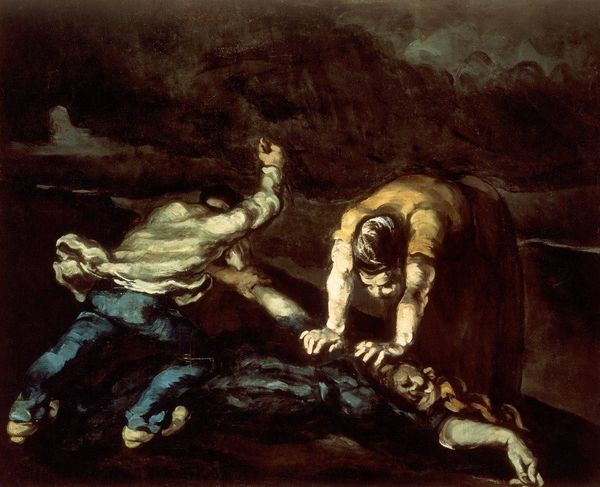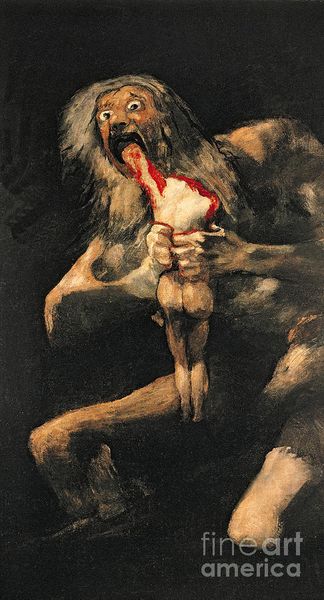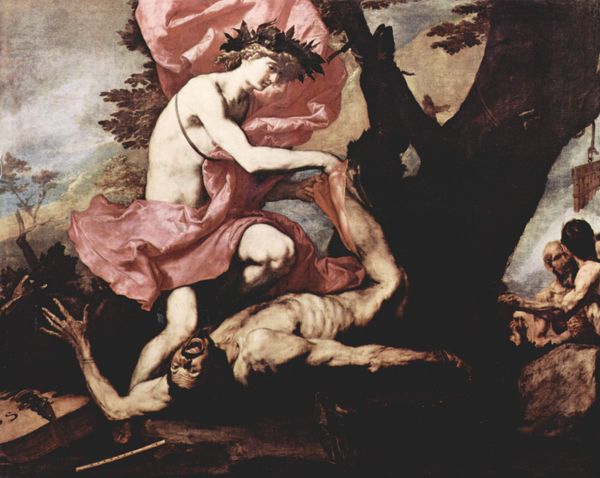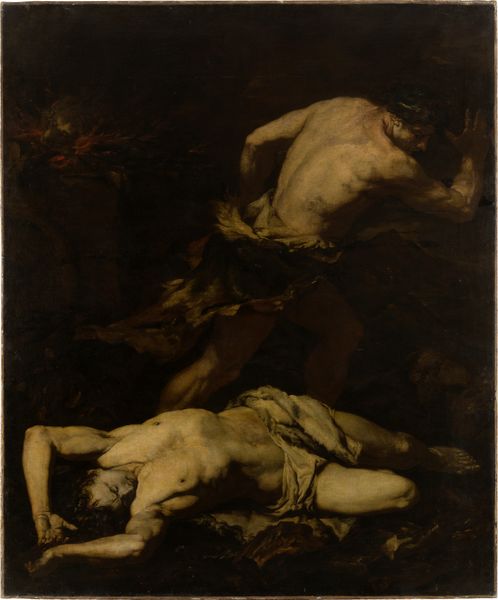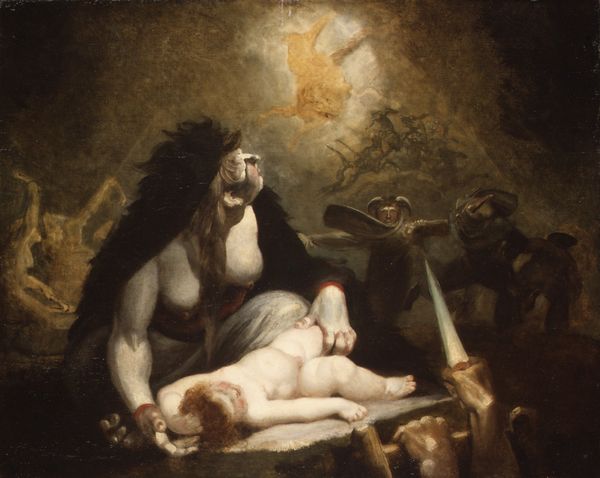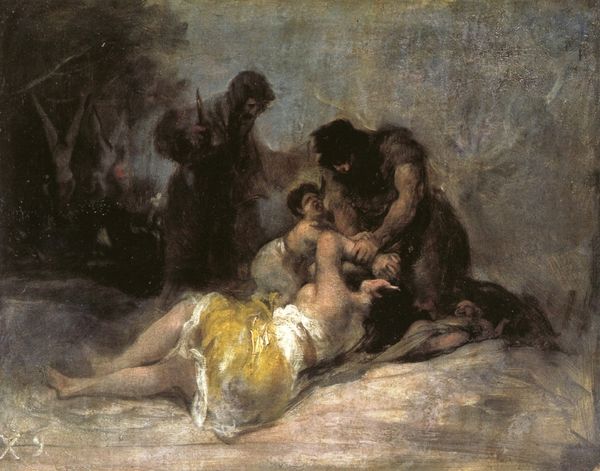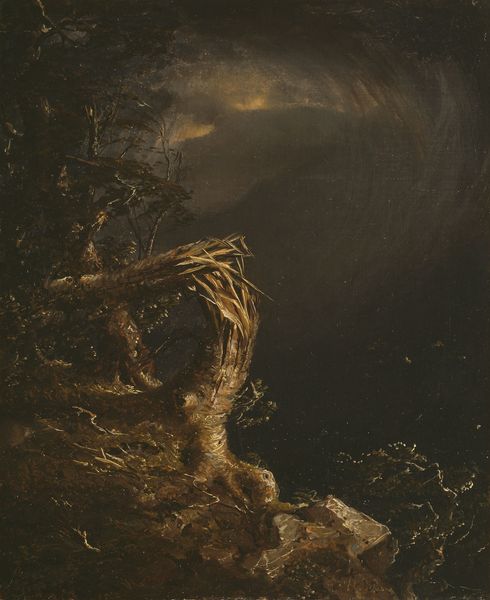
painting, oil-paint, impasto
#
painting
#
oil-paint
#
oil painting
#
impasto
#
genre-painting
#
realism
Dimensions: 40.64 x 55.88 cm
Copyright: Public domain
Curator: Ah, "Spring Harvest," sometimes referred to as "Still Life with Asparagus," painted in 1887 using oil paint and embodying Rose O'Neill's distinctive touch with impasto. What's your initial take? Editor: My first thought is that this is so evocative of a late-night kitchen still life, a scene paused mid-prepping. There's something so solid and earthy about it. Curator: Absolutely. It resonates with primal abundance, don't you think? The asparagus, tied like a bundle of kindling, paired with those formidable artichokes... they are more than just lunch. It feels like Rose is tapping into a deeper, almost ritualistic understanding of food. Asparagus has long been tied to notions of prosperity, rebirth... it bursts from the soil. Editor: Right! It carries that baggage. In iconography, asparagus spears were, especially during the renaissance and baroque eras, associated with domesticity and fertility. Arranged carefully as they are here, it feels as if these weren't placed carelessly, there is more on offer than merely food. They're almost trophies of a successful hunt! Curator: Exactly, it almost has this tension of hunter-gatherer past mixing with new domestic present...it’s not some perfect gleaming scene in a fancy dining room! Rose’s impasto brushwork here, building up the surface almost gives the vegetables almost tangible energy – does the slightly muddy, murky realism distract you or attract you? Editor: Oh, I'm allured! The murk gives it such depth – a shadow play hinting at something primordial beneath the surface. And the almost theatrical lighting–that single droplet on the wall feels pregnant with meaning. Even if Rose was simply trying to represent the items around the kitchen, there are layers there if you consider for even one moment the historical perception of each plant type and their relation to the kitchen as a cultural concept. Curator: That’s it! It all accumulates... This painting is modest, sure, and of a kitchen harvest! But it's also got the quiet power of the ages and is still as bold now as I'm sure it felt at the easel in 1887. Editor: I couldn’t agree more. You are correct, this humble painting and seemingly unremarkable depiction carries echoes far louder than the scene would at first suggest! Thank you!
Comments
No comments
Be the first to comment and join the conversation on the ultimate creative platform.
